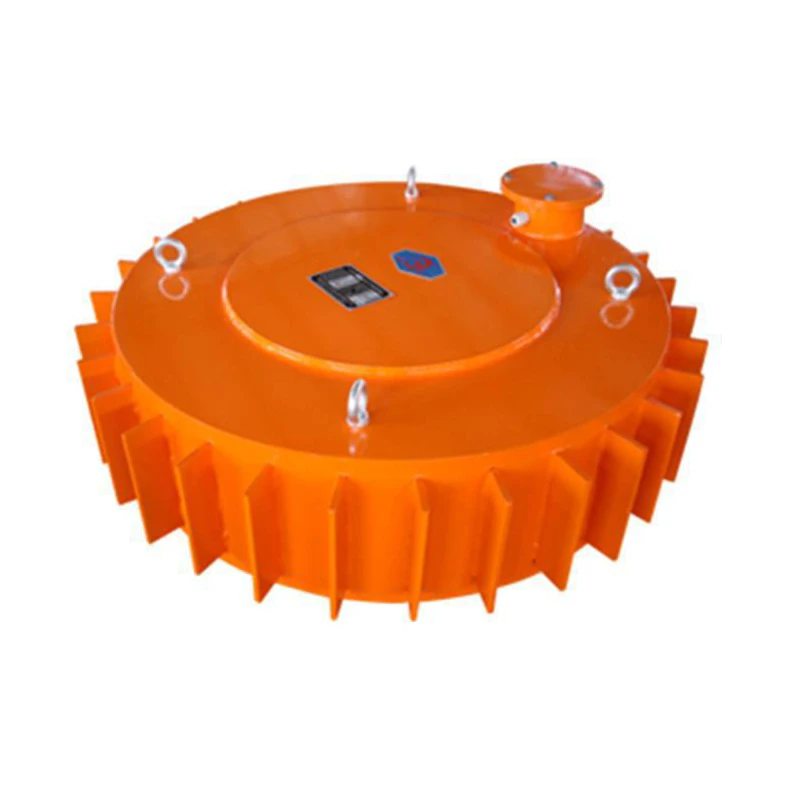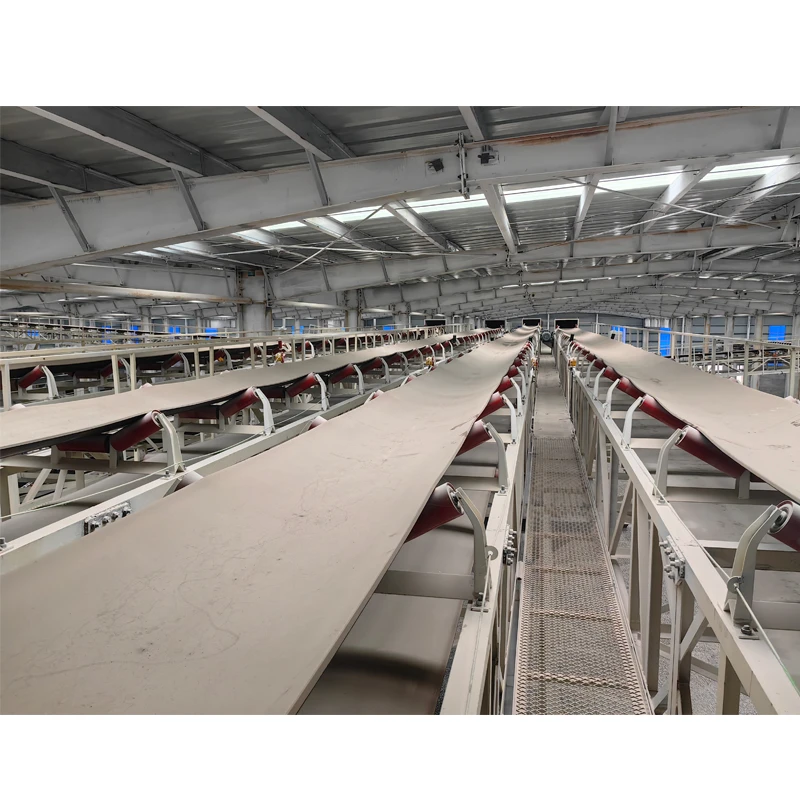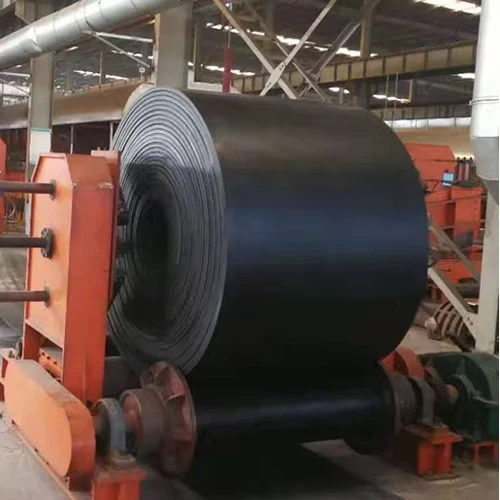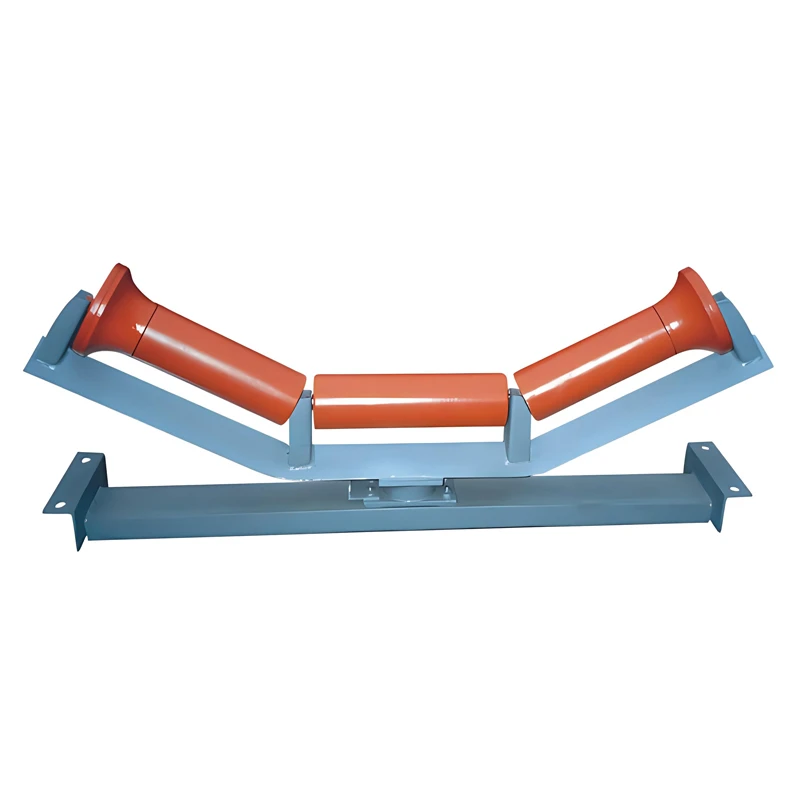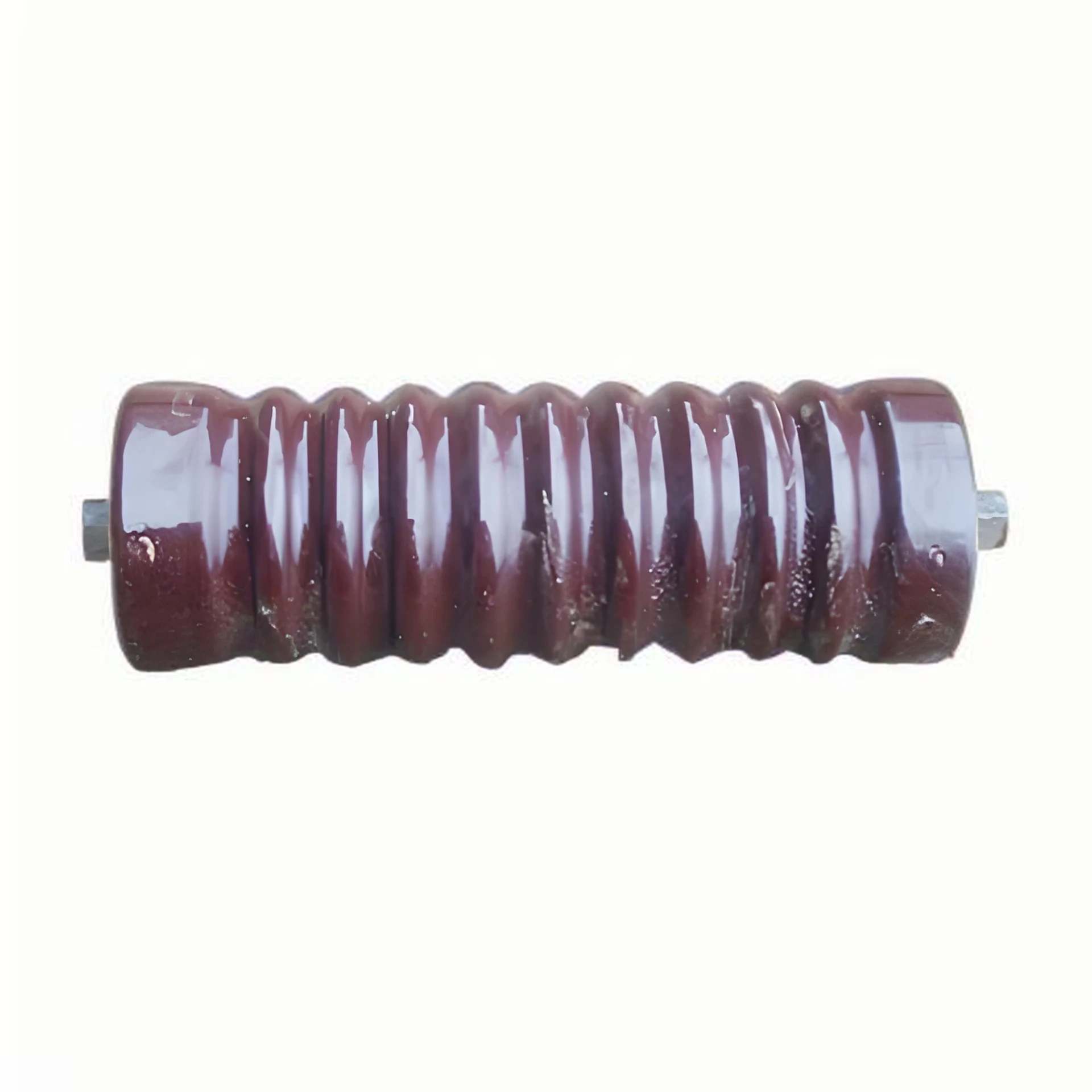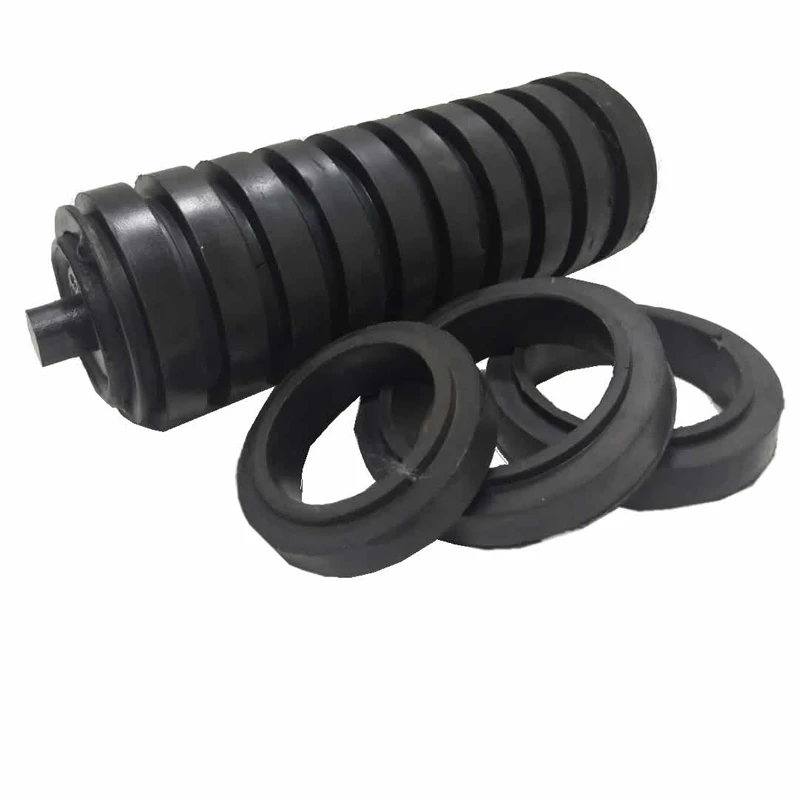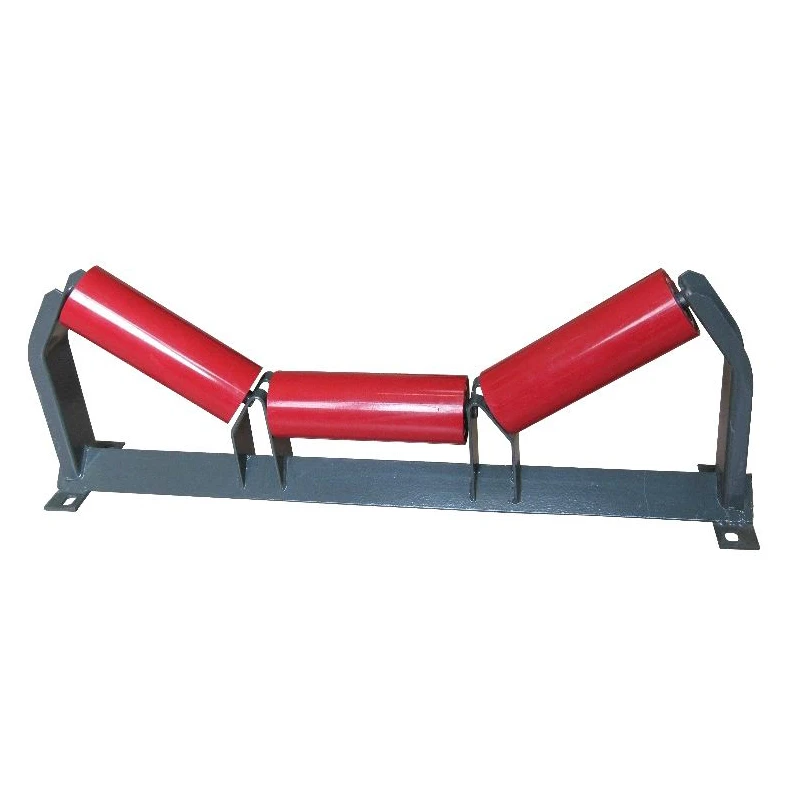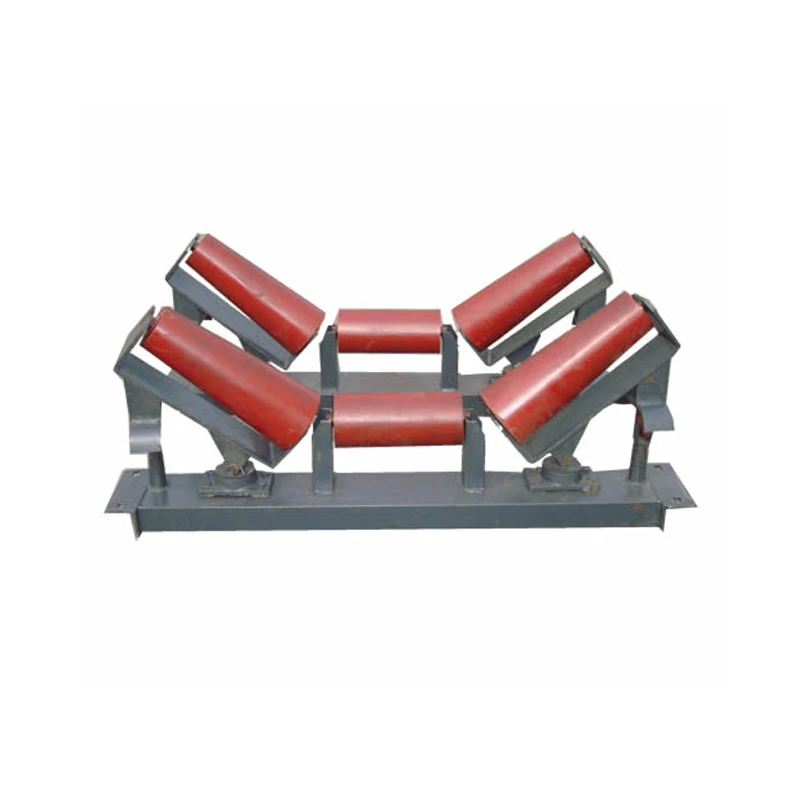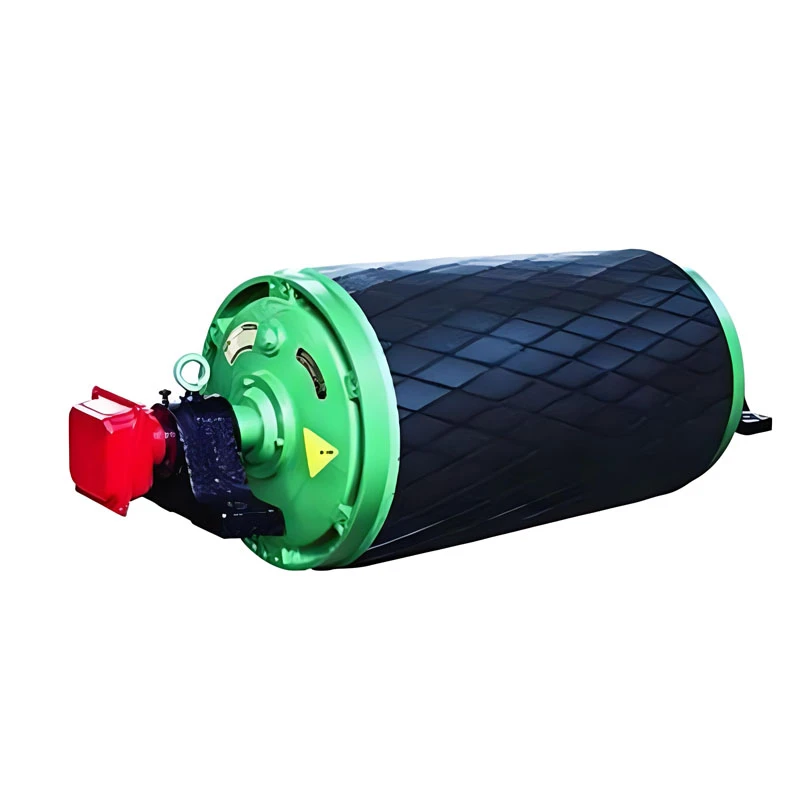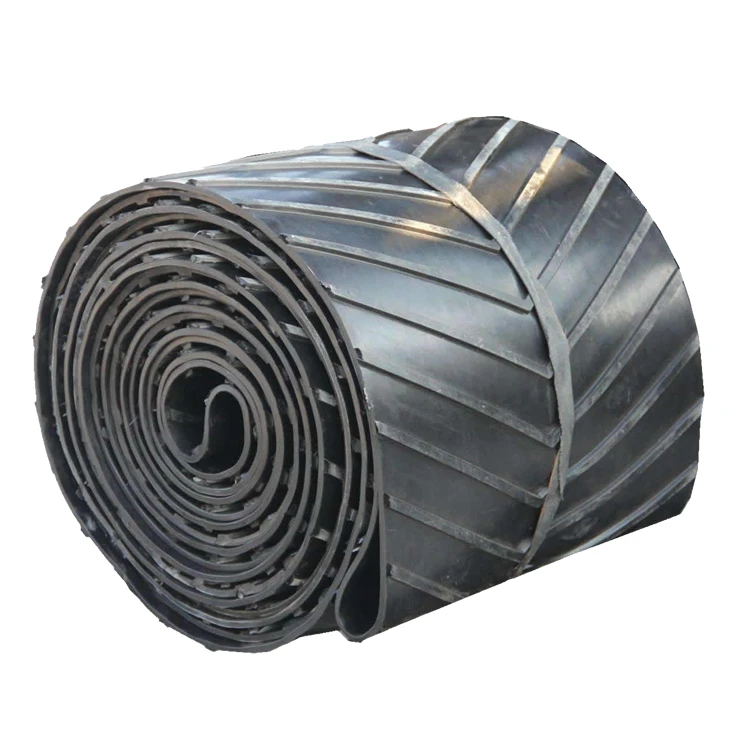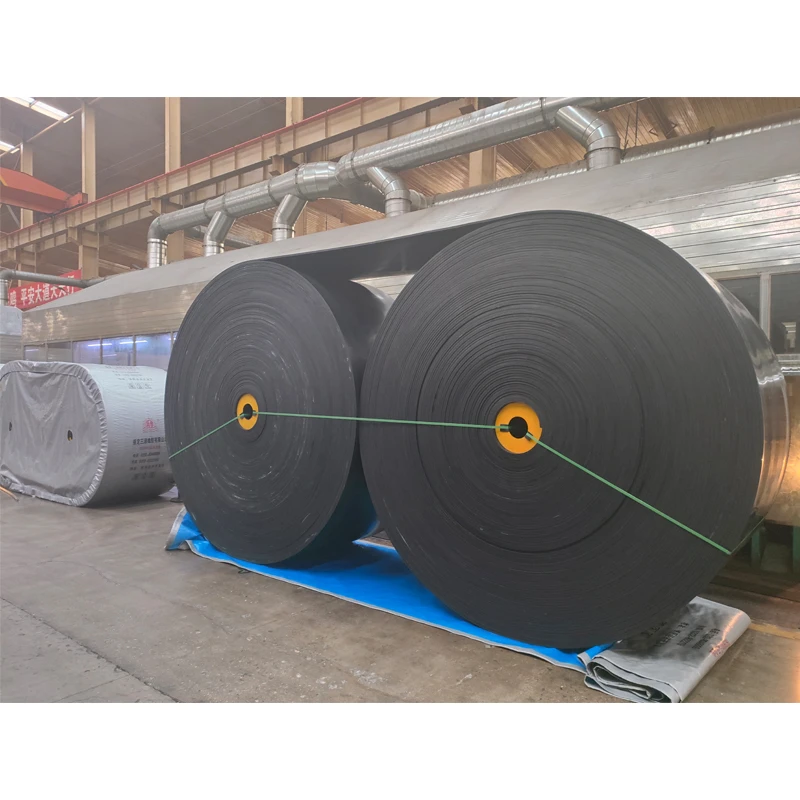- Introduction to conveyor belt drum motor
- Technological advancements and performance data
- Comparative analysis of major drum motor conveyor manufacturers
- Custom drum motor design solutions
- Notable industry applications and success cases
- Integration considerations and future trends
- Conclusion: Optimizing operations with conveyor belt drum motor
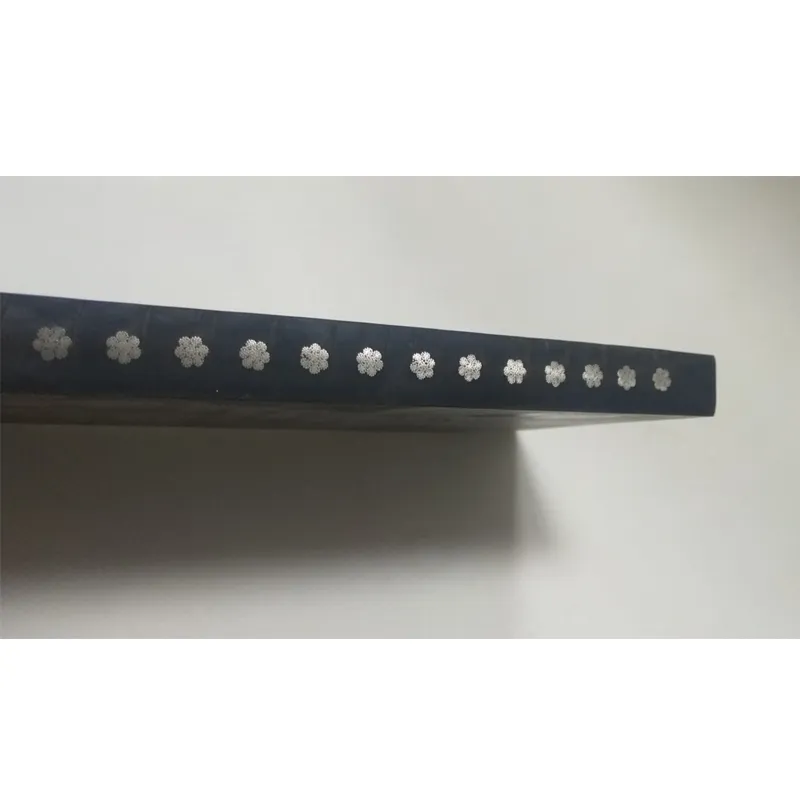
(conveyor belt drum motor)
Understanding Conveyor Belt Drum Motor: Evolution and Core Functions
Conveyor belt drum motors have emerged as a crucial component in material handling and automated conveying systems across a variety of industries. These motors, ingeniously designed as an all-in-one drive solution, consist of an electric motor and gearbox enclosed within a cylindrical drum. This unique structure enhances efficiency, reduces maintenance needs, and streamlines installation processes.
A drum motor conveyor system delivers superior torque while minimizing wasted space, making it ideal for bustling facilities where equipment footprint matters. In the logistics, food processing, and distribution industries, the improved hygiene, compactness, and power transmission of drum motors have become essential. The adoption of advanced drum motor design is not just a trend, but a response to evolving production requirements and stringent safety regulations.
Users are drawn to conveyor belt drum motor solutions for their high reliability, embedded safety features, and ability to operate in demanding environments. Innovations in material engineering and electronics are pushing these motors to handle increased loads, operate at varying speeds, and adapt to diverse belt types with unmatched consistency.
Technological Advancements and Performance Data
Engineering efforts have continually enhanced the performance profile of drum motors over the last decade. Modern conveyor belt drum motors now feature integrated sensors for real-time diagnostics, variable frequency drives for flexible speed control, and optimized sealing technologies that provide IP66 to IP69K protection ratings. This technological leap has directly contributed to improved operational metrics.
For example, recent survey data indicates that conveyor systems equipped with next-generation drum motors achieve up to 25% higher energy efficiency compared to conventional external motor-gearbox combinations. Mean time between failures (MTBF) has also increased, with average lifespans now exceeding 50,000 working hours in controlled environments. Heat dissipation efficiency has improved by 30%, markedly reducing the risk of downtimes due to overheating.
In terms of load handling, products ranging from bulk materials to delicate packages can be transported at controlled speeds ranging from 0.08 to 4.5 meters per second. Noise emissions have been reduced below 60 dB, a critical factor for modern, personnel-friendly production sites. These features directly translate into lower operational costs, lower total cost of ownership, and measurable gains in productivity.
Major Drum Motor Conveyor Manufacturers: Comparative Analysis
The global drum motor conveyor market is dominated by several renowned manufacturers, each with its own distinct strengths, technology portfolio, and service offerings. Below is a comparative analysis centered on key product metrics:
| Manufacturer | Max Power Output (kW) | Available Diameter Range (mm) | Ingress Protection Level | Energy Efficiency (%) | Warranty (years) | Customization Options |
|---|---|---|---|---|---|---|
| Interroll | 1.5 | 80–250 | IP66/69K | 91 | 3 | High (Size, Speed, Lagging, Voltage) |
| Van der Graaf | 2.2 | 113–320 | IP66 | 89 | 2 | Very High (Food-Grade, Painted, Custom Shafts) |
| Rulmeca | 2.0 | 80–320 | IP67 | 88 | 2 | Medium (Coatings, Voltage) |
| Drum Motors & More | 1.2 | 113–215 | IP65 | 85 | 1 | Standard |
The data reveals that leading manufacturers differentiate themselves through maximum power, customization flexibility, and warranty coverage. For end-users, the selection largely depends on the application's demand for power output, hygienic design, energy conservation, and after-sales support.
Custom Drum Motor Design Solutions
As industries diversify, off-the-shelf drum motors sometimes fail to address specialized needs, making custom drum motor design paramount. Manufacturers now offer bespoke engineering services, allowing clients to specify parameters such as motor diameter, shaft configuration, lagging type and thickness, and electrical characteristics for unique operational environments.
Common customization requests include stainless steel constructions for food or pharmaceutical use, oil-cooled motors for intense operational cycles, and integrated encoders for position feedback and automation system compatibility. Furthermore, design flexibility extends to voltage requirements (typically 230V, 400V, or custom frequencies), enabling seamless integration with global production lines.
The ROI of custom drum motors is significant—optimized energy consumption, improved line throughput, and extended component longevity push productivity to new heights. Tailored solutions also future-proof the conveying infrastructure, accommodating anticipated capacity expansion and process modifications without wholesale equipment replacement.
Industry Application Cases and Success Stories
The adaptability of drum motor conveyor systems has facilitated their adoption across a remarkable range of industries and applications. In high-throughput distribution centers, for instance, drum motors support the rapid movement of over 200,000 packages per day, maintaining 99.97% uptime over annual audit periods. Retail logistics companies employing these systems have reported up to a 30% reduction in downtime post-installation.
In the food processing sector, IP69K drum motors withstand rigorous washdowns and aggressive sanitization protocols, helping comply with FSMA and other global standards. A prominent European bakery realized an 18% improvement in operational efficiency after upgrading their line to tailored conveyor belt drum motor assemblies, while simultaneously decreasing energy usage by 22%.
Airport baggage handling systems also highlight the benefits: a leading international airport deployed over 850 drum motor units, resulting in smoother belt operation, fewer service interruptions, and improved traveler satisfaction. These examples underscore the direct, measurable impact of drum motor integration in real-world scenarios.
System Integration Considerations and Future Trends
Integrating a drum motor conveyor into an existing automation infrastructure requires meticulous planning. Factors such as control interface compatibility (Profinet, Ethernet/IP, Modbus), space constraints, power supply layout, and fire safety must be addressed during both the design and installation phases. Smart drum motors employing IIoT connectivity are now facilitating predictive maintenance and seamless system monitoring.
Future directions for conveyor belt drum motors include further miniaturization, increased IP ratings for extreme environments, and eco-friendly design innovations. Battery-powered variants and motors made with recyclable materials are beginning to emerge, responding to sustainability goals in manufacturing and logistics sectors. As Industry 4.0 continues to evolve, integration with cloud-based analytics for process optimization is set to become a standard practice.
Additionally, modular design enhancements enable end-users to perform rapid component swaps, further reducing mean time to repair (MTTR) and elevating maintenance safety. With global supply chains growing increasingly automated, the role of smart, efficient drum motors is set to expand rapidly.
Conclusion: Optimizing Operations with Conveyor Belt Drum Motor
Investing in a well-specified conveyor belt drum motor is a compelling strategy for companies aiming to elevate their material handling capabilities. The extraordinary gains in efficiency, system uptime, space saving, and energy conservation highlighted in this analysis are not theoretical—thousands of installations worldwide bear testimony to their real-world value.
Whether opting for a standardized or customized solution, careful consideration of performance data, manufacturer reputation, and compatibility with existing systems ensures both immediate and long-term competitive advantages. The success stories from diverse industries prove that upgrading to advanced drum motor conveyor solutions is a vital step in the digital transformation and optimization of modern production and logistics environments.
With ongoing advancements in drum motor design, predictive maintenance, and systems integration, organizations can stay ahead of operational challenges, streamline their workflows, and support sustainable growth. Efficient, robust, and reliable, the latest generation of conveyor belt drum motor solutions represents the future of automated material transport.
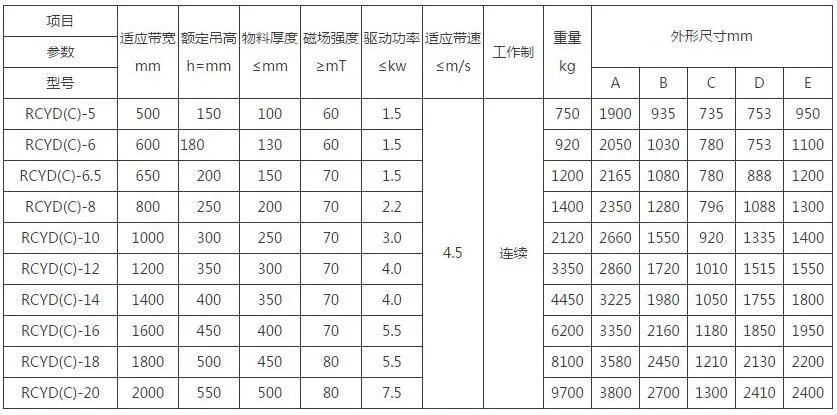
(conveyor belt drum motor)
FAQS on conveyor belt drum motor
Q: What is a conveyor belt drum motor?
A: A conveyor belt drum motor is an integrated drive unit where the motor, gearbox, and bearings are installed inside the conveyor pulley's drum. This design saves space and improves safety. It's commonly used for driving belt conveyors efficiently.
Q: How does a drum motor conveyor improve system efficiency?
A: A drum motor conveyor provides a compact, sealed drive solution with fewer exposed parts. This reduces maintenance and energy losses. As a result, systems run more reliably and efficiently.
Q: What are key factors in drum motor design?
A: Important drum motor design factors include power rating, drum diameter, and motor cooling. Designers also consider the environment and required torque. These factors ensure long-lasting performance and compatibility.
Q: Where are conveyor belt drum motors commonly used?
A: Conveyor belt drum motors are widely used in food processing, logistics, and manufacturing industries. They are ideal for hygienic environments and compact conveyor designs. Their sealed units support easy cleaning and space-saving layouts.
Q: What maintenance advantages do drum motor conveyors offer?
A: Drum motor conveyors require minimal maintenance due to their enclosed build, which protects internal components. This leads to fewer breakdowns and longer service life. They also streamline conveyor maintenance routines and lower costs.

